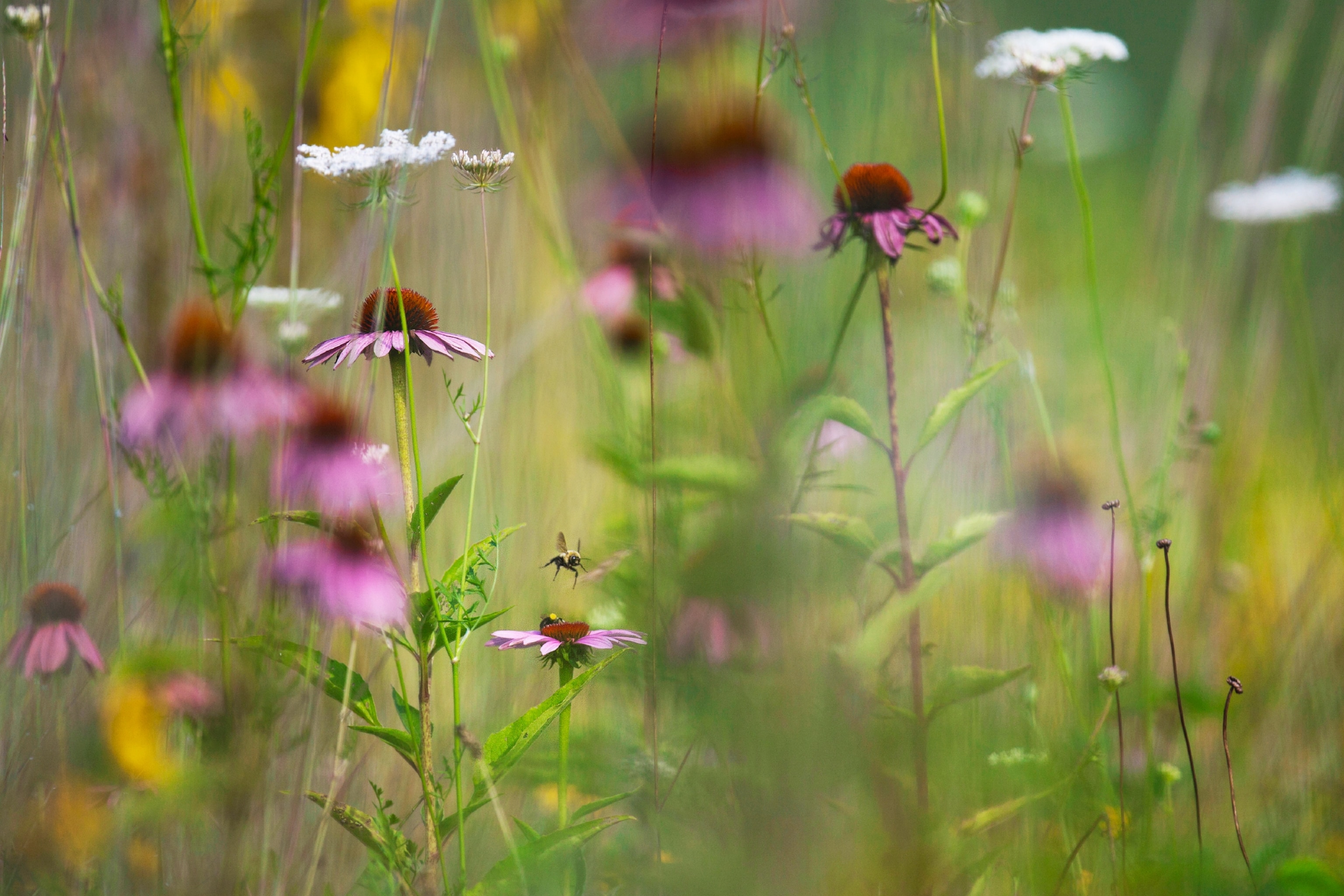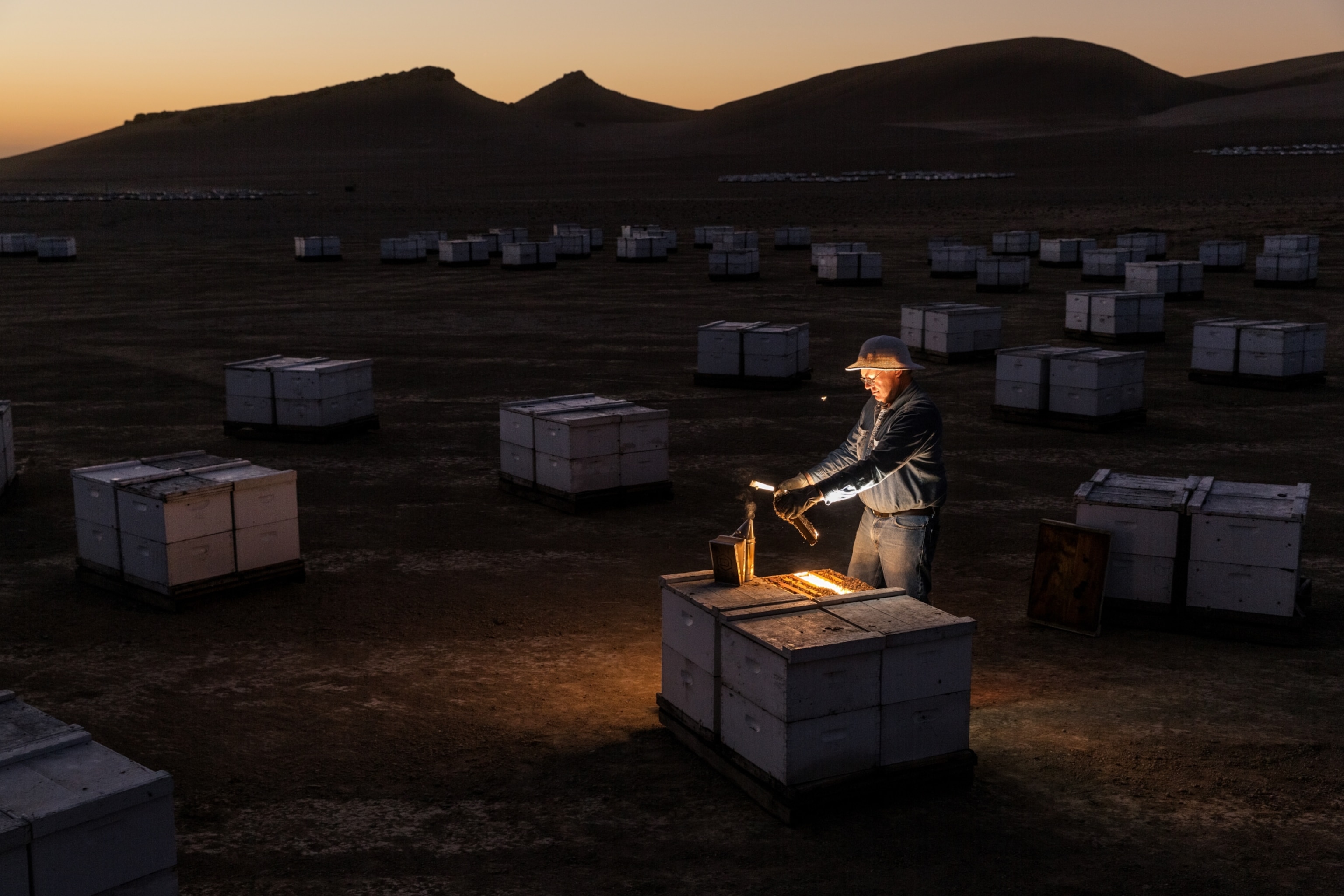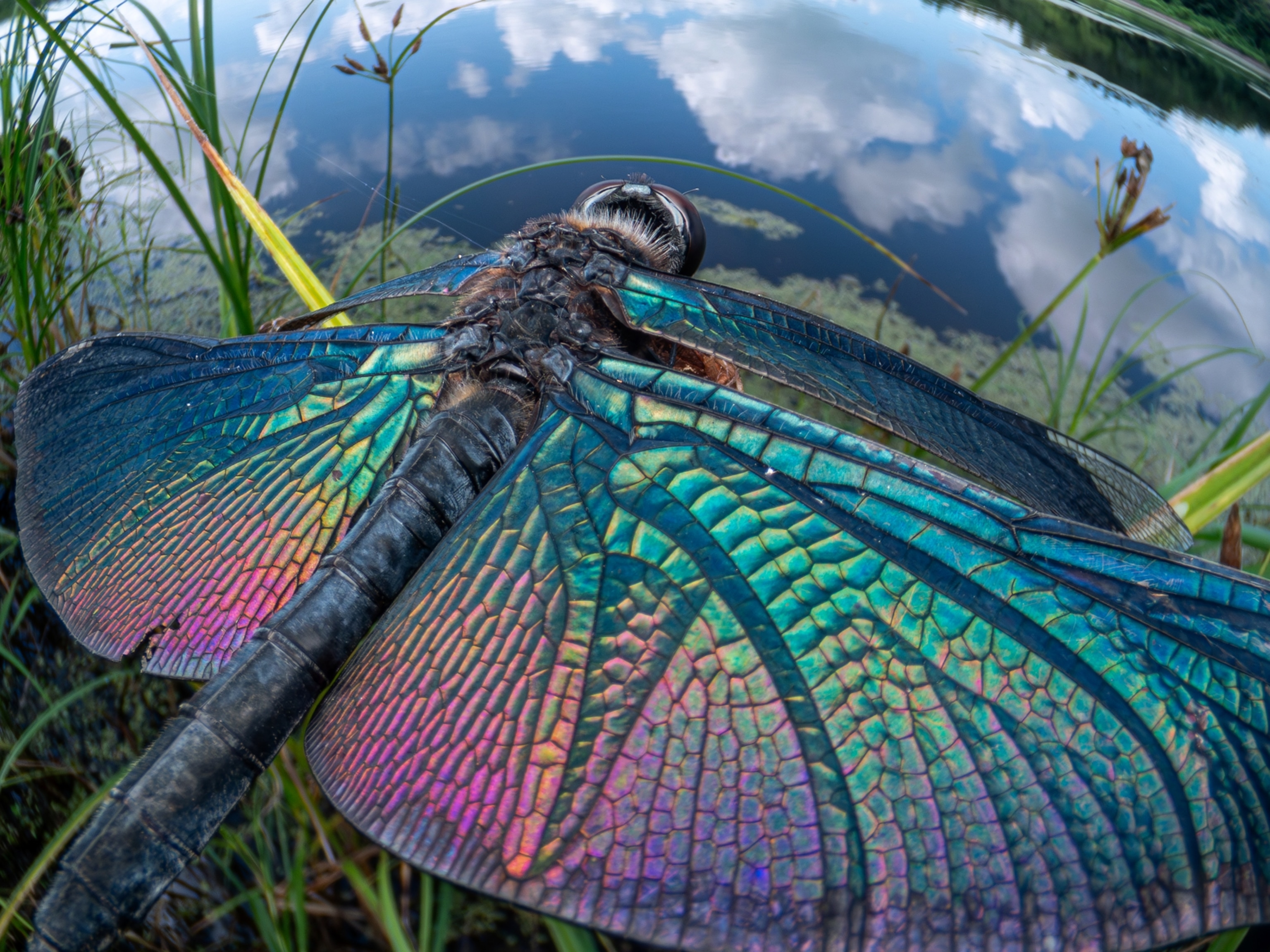
9 Ways You Can Help Bees and Other Pollinators At Home
This week the White House released new strategies to boost the insects so crucial to our food supply. Here's how you can do your part to support pollinators at home.
If you like to eat, you can thank insects—in particular, pollinators such as honeybees, which provide much of the U.S. food supply. But pollinators in the United States have been in crisis for more than a decade.
Beekeepers continue to report major hive losses each year, while many native bees and other pollinating insects are likely in steep decline—for a host of reasons. This week the White House weighed in on how to make things better, releasing a new National Strategy to Promote the Health of Honey Bees and Other Pollinators.
Meanwhile, are there things the rest of us can do to help relieve pollinators' plight?
Absolutely, says Ed Spevak, curator of invertebrates and director of the Center for Native Pollinator Conservation at the St. Louis Zoo in Missouri. He talked to National Geographic about the best ways regular folks with lawns and gardens, wherever they live, can help the birds and the bees (and the butterflies).
(Related: Pictures: Colored Honey Made by Candy-Eating French Bees)
Go Native
Choose native plants in a variety of shapes and colors to encourage diversity. Remember that native wildflowers will be better adapted to your climate than exotics. And one size doesn't fit all: There are over 4,000 bee species in North America (some 20,000 worldwide) ranging from two millimeters to an inch (2.5 centimeters) long, so blossoms should vary in species and size, too.
(Related: Does Rhubarb Deserve Its Killer Reputation?)
Keep It Blooming
Among your native plants, make sure something is blooming each season (spring, summer, and fall). Some bee species are active all year, others only in April and May, still others in July and August, and all need to feed regardless of the date.
Save the Queen
Newly emerging bumblebee queens need spring-blooming flowers, shrubs, and trees. Bumblebees, unlike, honeybees, have an annual cycle. New queens are born in the fall, and after breeding they find a place to hibernate for the winter. When the insects emerge in spring, they need nectar and pollen sources—or they can't start their colonies.
(Related: Which houseplants should you buy to purify air? None of them.)
Plant Milkweed
Adding milkweed to your garden provides food for monarch butterfly caterpillars, but don’t forget nectar sources for the adults, such as flowers that bloom in late summer. Adults get especially hungry in the fall as they head south to their overwintering sites in Mexico.
Save Money on Mulch
Leave a little bare ground. Most species of bees are solitary, and some 70 percent of them dig a nest in the ground to raise their young—something they can't do if mulch is in the way.

Offer Bee Real Estate
Install a bee block or bee hotel, which are available online or at some garden stores (or build one yourself). You could also drill holes of varying sizes in a dead tree that's still standing (if beetles haven't done it for you). This offers habitat to the many bee species that nest in pre-existing holes.
Make a Border
By bordering your fruits and vegetables with native flowers, you'll improve pollination of your crops and also support bees when the crops stop blooming. It will also attract and support other pollinators such as wasps and hover flies that control crop pests.
Go Easy on the Chemicals
Pesticides can affect more than pests. Adding plants that draw natural pest-eaters (see above) and "companion planting"—including plants that naturally repel pests, such as garlic for aphids and basil for tomatoes—are good strategies to reduce chemical needs, according to organic gardeners. Maintaining healthy soil to keep plants' immune systems strong can also help.
Get Involved
Learn more about organizations that support pollinators and their habitats, such as Pollinator Partnership or the Honeybee Health Coalition. You can also participate in citizen-science programs for pollinators such as Bumble Bee Watch (Xerces Society), The Great Sunflower Project (San Francisco State University), Fourth of July Butterfly Count (North American Butterfly Association), and the Monarch Larva Monitoring Project (Monarch Watch).
Follow Jennifer S. Holland on Twitter.





